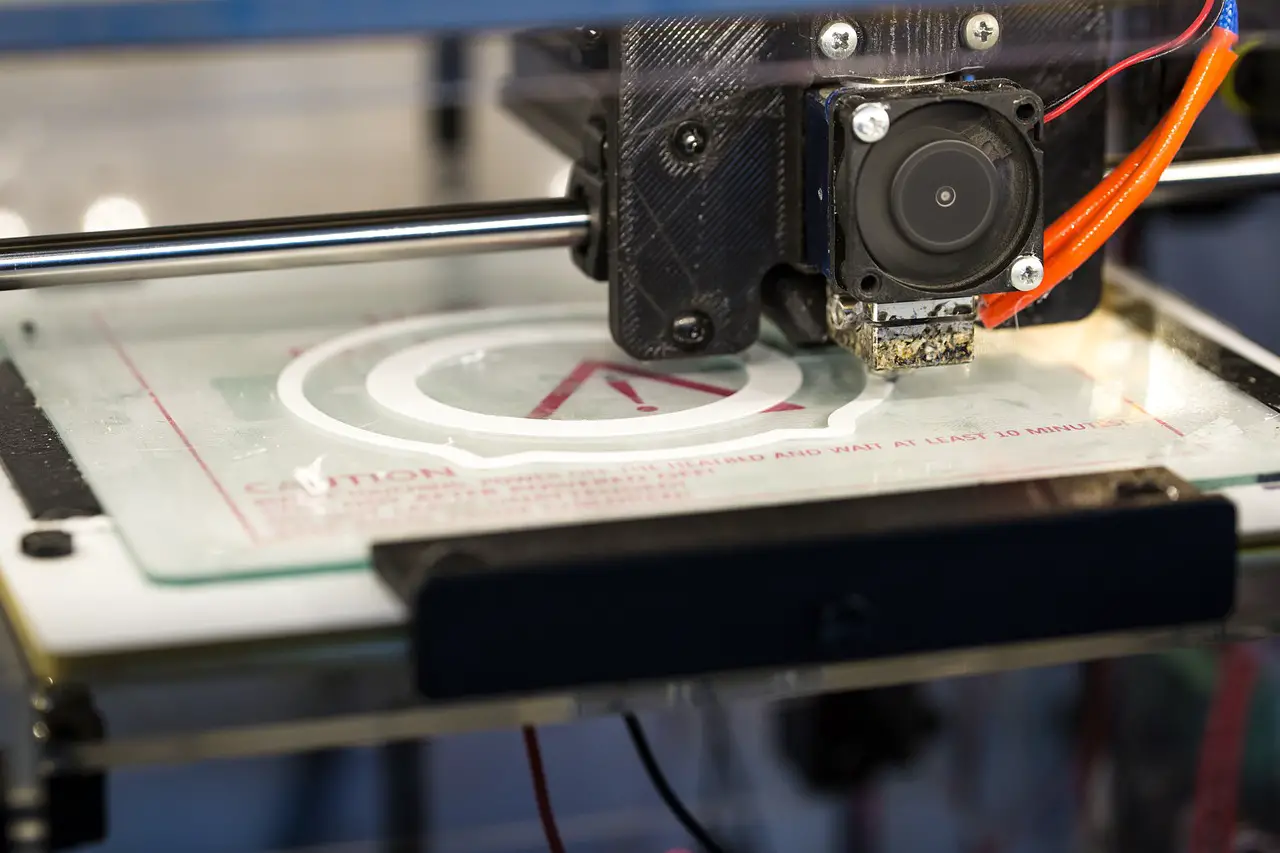
When looking for out-of-the-box marketing solutions that pay off, an excellent way to gain some valuable insight is to analyze global brands. They never shy away from experimenting with technology to come up with creative campaigns. While 3D printing has been around for the past 20 years, it’s only until recently that it received regular press coverage and started to excite the top marketers. Big brands have been incorporating it into their marketing efforts in a bid to beat the competition. Here’s a look at how the brands have been using this innovative solution to date.
Coca-Cola
Coca-Cola used 3D printing to help it introduce mini bottles to Israel. It invited consumers to participate in a mini-me contest. They were to use a mobile app to create small 3D versions of themselves that they were to take care of carefully, Tamagotchi-style. Some of the participants had their caretaking efforts rewarded with a trip to the beverage producer’s factory to turn their “mini-me” versions to life through 3D printing. This creative campaign was impactful because the mini-me figurines were relevant to the new bottles being launched and in line with Coca-Cola’s marketing strategy of fostering personal relationships with customers.
Motorola
During Motorola’s MAKEwithMOTO tour, the company stopped 16 times in different places in the US to meet with different people including students of engineering, art, and design, other makers as well as hackers. The attendees were given a chance to create accessories for the Moto X with a 3D printer. Some of the accessories that were created included phone covers, tessellation bracelets, and NFC-enabled dog tags. The goal of the tour was to develop an open, thoughtful, and expressive relationship between developers, users, and the phones. The creative campaign has helped Motorola break ground in the highly competitive smartphone industry.
eBay
The online auction giant also became involved in 3D printing through the eBay Exact. This iOS app allows its users to purchase customizable merchandise from leading 3D printing companies like Hot Pop Factory, MakerBot, and Sculpteo. The objects range from jewelry to technology accessories like iPhone cases.
Nokia
The mobile phone maker provided a 3D printing kit to allow customers to print out custom covers for the Lumia 520 and 820 models. The customers could then replace the detachable rear shells of the two smartphones with whatever they chose to 3D print. The kit was part of the company’s 3D Printing Community Project. At the MWC (Mobile World Congress) 2013, Nokia exhibited a 3D-printed phone case with its blog’s Twitter avatars.
Volkswagen
Volkswagen promoted the Polo with the aid of 3D printing. It started “The Polo Principle”, a campaign in which consumers were turned into auto designers. People were allowed to control the 3D printer that the automaker used to create the original model of the car via a website. They could design their own versions of the vehicle. The 40 most creative designs were 3D-printed and showcased in Copenhagen. The designers took their mini-cars home. And best of all, Volkswagen turned the idea from the overall winner into a real-life car.
DVV
3D printing helped the Belgian Insurance Company DVV make insurance fun. It rolled out Key Save, a service aimed at solving one of the most frustrating problems for its customers. The insurer allows customers to 3D scan their keys and back up the data on a secure server. If they lose the keys, they can obtain the data and use a 3D printer to make a new key. The service not only helps the company attract new customers and retain current ones but also save money because insurance providers lose money each year replacing customers’ locks.
While 3D printing hasn’t entirely taken off, big brands have dared to try out the new tactic, and it’s paid off for them. The technology is intriguing to both the media and public, so incorporating it into marketing campaigns can be worth the effort for small brands.
Nevertheless, it’s important to note that some brands have experimented with 3D printing, but unfortunately, their campaigns were short-lived and not as successful as those of the big brands above. And what’s the reason behind this? They focused on the novelty of the 3D printing technology rather than viewing it as part of a creative marketing campaign. The big brands incorporate 3D printing into a marketing message that creates a powerful and compelling experience for people.
While a small business may not have the unlimited budgets of the big boys, it’s possible to achieve similar results, albeit on a different scale. Regardless of the size of a business, a successful creative marketing campaign involves creating an amazing experience that’s tailored to a brand’s specific customer so check out Webs Union’s SEO agency as they offer tailored marketing solutions for businesses. Moreover, the good news for small business owners is that they can do this much better than big businesses because they’re inherently closer to customers. And by allowing customers to take part in the innovation and production process, 3D printing helps strengthen the link between consumers and brands even more.










